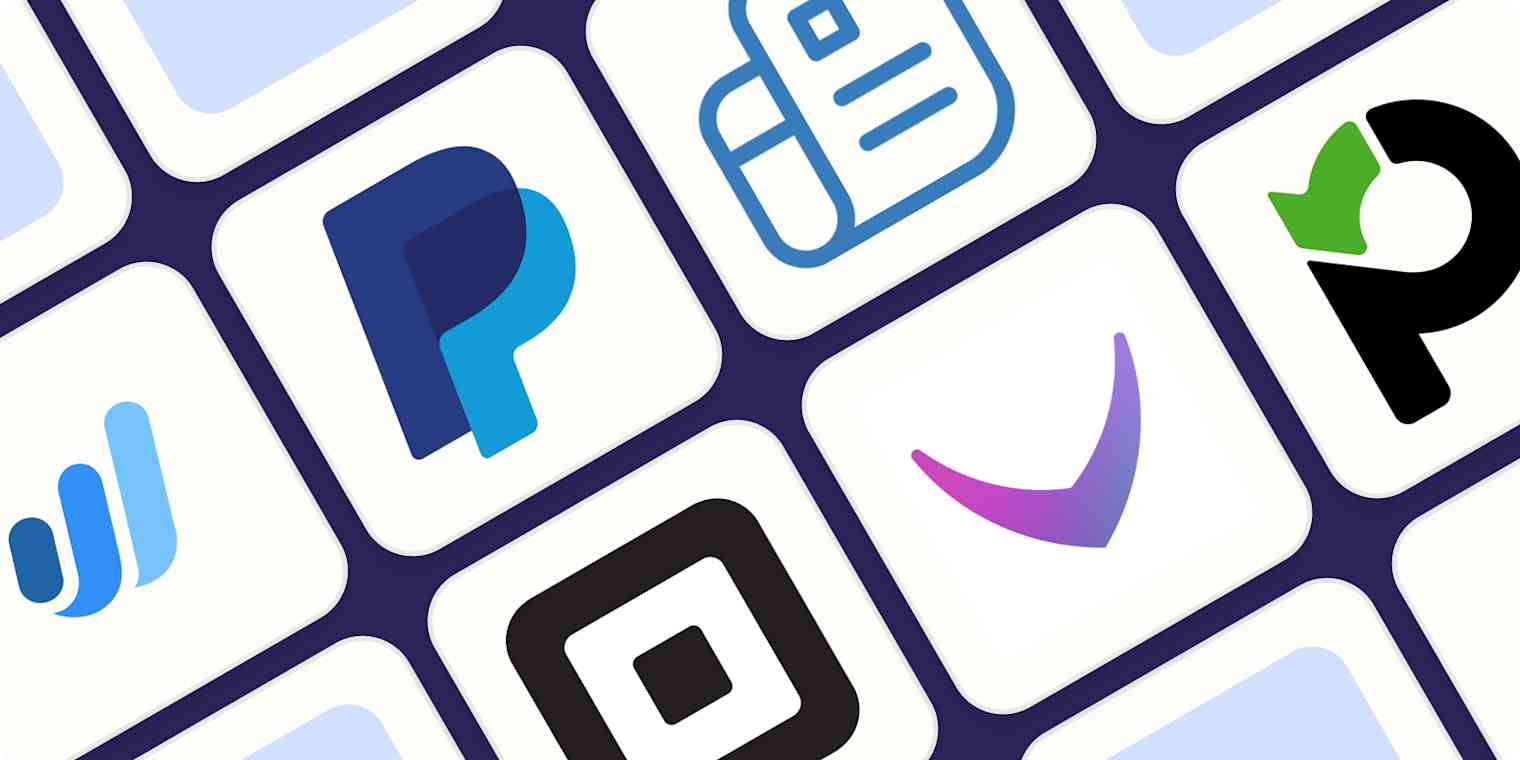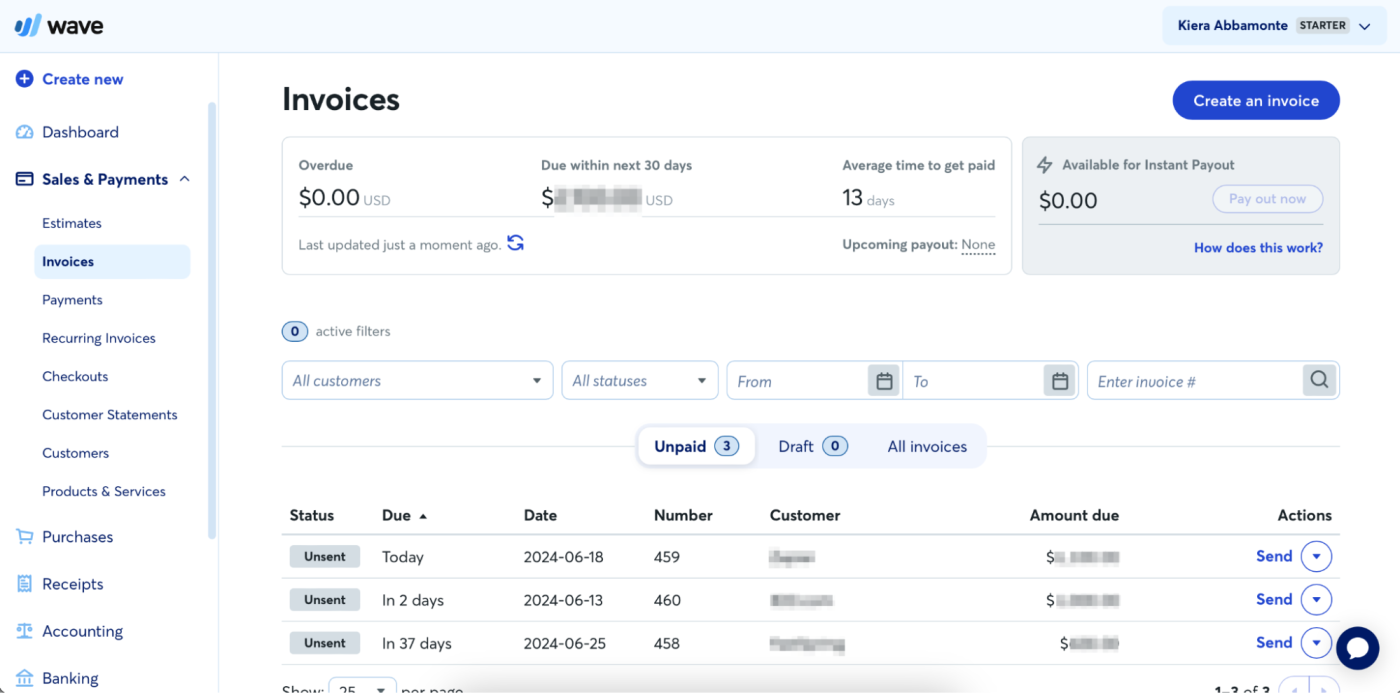

Getting paid is great, but sending invoices can be painful. You have to itemize charges, add taxes, track who paid, and chase down clients who don't pay. It's time-consuming, and it's definitely not why you got into your business in the first place.
Free invoicing software makes the billing process a whole lot easier. With the click of a few buttons, you can create client profiles, add payment options, include expenses, and even add your logo. Tap a few more buttons to deliver that invoice to your client's inbox.
Streamline your invoicing workflows with automationAnd with so many great free invoicing tools out there, you can streamline the process without any upfront investment. I've been updating this list for a few years now. This year, to help you avoid analysis paralysis, I researched almost 50 free invoicing apps and spent several days testing the top contenders. Here's what I found.
Our best apps roundups are written by humans who've spent much of their careers using, testing, and writing about software. Unless explicitly stated, we spend dozens of hours researching and testing apps, using each app as it's intended to be used and evaluating it against the criteria we set for the category. We're never paid for placement in our articles from any app or for links to any site—we value the trust readers put in us to offer authentic evaluations of the categories and apps we review. For more details on our process, read the full rundown of how we select apps to feature on the Zapier blog.
There's no one perfect solution when it comes to the best free invoicing tools. That's because every business is different—a freelance SEO consultant, for example, needs different features than a business coach.
To find the best platforms, I signed up for the free version of each and tested it by creating and customizing a few invoices, adding new clients, digging into the report settings, and testing any automation features. As I tested, I considered:
If you only send one or two invoices a month, you might not need the bells and whistles of a complete platform. In that case, you can use an invoice template in Google Docs and just email it off when it's ready.
Another important thing to note: all online payments require the use of a payment gateway—a service that processes card and bank payments. So even though the invoicing software itself is free to use, all of the apps charge payment processing and transaction fees for accepting payments. Those fees are automatically deducted from any payment you receive.
Some of the tools below—like PayPal and Stripe—are payment gateways. Others use third-party payment gateways to process payments. For invoicing apps that are also payment gateways, I've listed the applicable fees. For those that use third-party payment gateways, the fees are typically subject to the terms of the payment gateway you use to accept payments.
Note: Quoted payment processing and transaction fees apply only to payments sent to and received from individuals within the United States. International fees may vary by both provider and location.
There are a zillion one-off "invoice generators" out there—tools where you plug in some information and it spits out an invoice—but I don't recommend them.
Invoice generators offer short-term speed in exchange for a general lack of customizability, tracking, and long-term convenience. They also don't offer any way to accept payments—meaning you'll need to use a third-party payment gateway like PayPal or Stripe (which offer their own free invoicing features already) on top of it. Plus, many of the tools below are so simple and user-friendly, there's just no reason you should have to accept those trade-offs—even if your invoicing needs are infrequent.
Best for
Free plan
All invoicing, accounting, and banking features
A familiar name
Invoicing with a mini-CRM
All features, including client portal
Point-of-sale payment processing and invoicing
All features included for up to 4 total documents (invoices, proposals, and contracts) per month
Unlimited invoices and time tracking for up to 3 clients, 50 tasks, and 1 user

Wave pros:
Wave cons:
Wave is a solid option to send invoices and track where all your cash goes—including cash coming and going. It's a full-featured business app that makes it easy to send invoices, access detailed reports, and (if you need it) even reconcile your accounts for free.
Wave's invoicing features are intuitive to navigate and include several templates, so you can customize the layout and design. To create an invoice, click Create a new on your dashboard, then select Invoice. Choose from several templates, add a logo, and adjust colors. Need to add a discount, adjust pricing, or add a note? You can do all that with the click of a button. And with Wave's mobile app, you can do it from anywhere.
It's the additional features, like payroll and tax filing, that make this platform ideal for growing businesses. You can even use Wave Money as your main business bank account. There's a good chance you'll need these additional features down the road. While the upgraded features aren't free, they are affordable (Payroll, for example, starts at $20/month), and you won't have to switch apps as your business grows.
But if all you need is invoicing, Wave is still one of the easiest and best options. As a freelancer operating on my own, I've used Wave for years, and I still love it. My favorite feature: automated bookkeeping automatically categorizes transactions and even merges duplicate journal entries (like recognizing that a wire transfer payment to your bank is the same as the invoice payment you logged in the app). I've watched this feature get smarter over the last few years, and it makes keeping track of cash flow so much easier.
Wave recently overhauled their free plan, though, so you'll have to upgrade to access this feature, along with a handful of others previously included in the free plan (like auto-import for bank transactions, auto-merge and categorization, and receipt uploads to track expenses).
You can connect Wave to Zapier, so you can automate even more of your invoicing workflows. Learn more about how to automate Wave, or try these pre-made workflows.